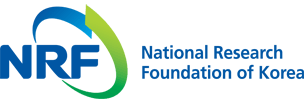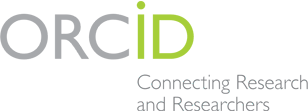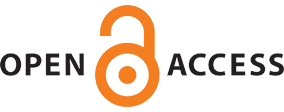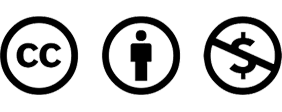Original Article
Abstract
References
Information
Purpose: This study aims to increase the adequacy of safety investments by developing a cost-benefit analysis method that can help determine the timing of implementing safety measures for high-pressure gas pipes in buried pipes. Method: First, the scope of the accident impact was confirmed through a review of previous studies. Second, the occurrence frequency of various accident scenarios was assessed. Third, an arbitrary area was selected to compare methods for applying individual building prices versus average prices. Fourth, human damage costs and expenses were calculated, and a cost-benefit analysis was conducted based on these findings. Result: The cost-benefit analysis, considering physical damage, confirmed its validity across all regions. The differences between the building specific price application method and the average price application method were found to be 171% for high density areas, 956% for mixed areas, and 256% for low density areas. Conclusion: The average price application method demonstrated the smallest discrepancy with actual amounts in high-density areas. When using this method, it can be used to determine the economic feasibility and priorities of various safety management measures.
연구목적: 본 연구는 매설 배관에서 고압가스 배관 안전조치 이행시기를 결정하는 데 있어 도움을 줄 수 있는 비용-편익 분석 연구를 통해, 안전투자에 대한 적정성을 높이고자 한다. 연구방법: 첫째, 선행연구 검토를 통해 사고영향범위를 확인하였다. 둘째, 사고시나리오별 발생 빈도를 확인하였으며, 셋째, 임의의 지역을 선정하여 건물 개별 가격과 평균 가격 적용방법을 비교하여 물적 피해액 산정방법을 제안하였다. 넷째, 인적 피해액과 비용을 산출하고, 비용-편익 분석을 진행하였다. 연구결과: 물적 피해액을 고려한 비용-편익 분석 결과 모든 지역에서 타당성을 확보하였다. 개별 건물가격 적용 방법과 평균 가격 적용 방법의 차이는 고밀집 지역 171%, 혼합지역 956%, 저밀집 지역 256%로 나타났다. 결론: 평균 가격 적용 시 고밀집 지역이 실제 금액과의 차이가 가장 적은 것으로 나타났으며, 해당 분석 방법 사용 시 여러 안전관리 방안에 대한 경제적 타당성 여부와 우선 순위를 판단하는데 활용 가능하다.
- Barry, T.F. (2002). Risk-Informed, Performance-Based Industrial Fire Protection: An Alternative to Prescriptive Codes. Tennessee Valley Publishing, Tennessee.
- EGIG (2020). Gas Pipeline Incidents(1970 ~ 2019) 11th Report. Europe.
- Jang, S.-I., Lee, H.C., Jang, J.Y., Cho, J.-H., Kim, T.-O. (2001). "Cost-benefit analysis for safety management cost using quantitative risk analysis." Journal of Korea Safety Management & Science, Vol. 4, No.4, pp. 15-26.
- KOGAS (2017). Standards for Facilities, Technology, Inspection, and Detailed Safety Diagnosis of Pipelines Outside Gas Wholesale Business Manufacturing and Supply Facilities, Table. 2.5.4.2. KGS FS451, Daegu.
- KOSIS (2022).
https://kosis.kr/statHtml/statHtml.do?orgId=101&tblId=DT_1B08024&vw_cd=MT_ZTITLE&list_id=&scrId=&seqNo=&lang_mode=ko&obj_var_id=&itm_id=&conn_path=E1&docId=00198&markType=S&itmNm=%EC%A0%84%EA%B5%AD - Lee, J.-H., Jo, Y.-D. (2018). "A study on minimum separation distance for aboveground high-pressure natural gas pipelines." Korean Chemical Engineering Research, Vol. 57, No. 2, pp. 225-231.
- Lee, S., Shin, H.Y. (2013). "A study on the consequences of underground high pressure natural gas pipelines." Journal of the Korean Institute of Gas, Vol. 17, No. 2, pp. 44-49.10.7842/kigas.2013.17.2.44
- Ministry of Trade, Industry and Energy (MOTIE) (2020). Second Basic Plan for Gas Safety Management. Sejong.
- National Fire Agency (2023). Manual for Estimating Fire Damage Costs. Sejong.
- Oh, S.-K. (2014). "A study on failure frequency model for risk analysis of natural gas pipeline with comparison of overseas failure data." Journal of the Korean Institute of Gas, Vol. 18, No.3, pp. 60-66.10.7842/kigas.2014.18.3.60
- Ryou, Y.D., Jo, Y.D., Park, Y.G., Lee, S.K. (2010). "Risk reduction rate for each risk mitigation measure on high pressure urban gas pipelines proposed by quantitative risk analysis." Journal of the Korean Institute of Gas, Vol. 14, No. 4, pp. 18-23.
- Ryou, Y.-D., Kim, Y.-S., Lee, S.-K. (2011a). "Cost-Benefit analysis for determination of the time to implement In-line Inspection(ILI) on high pressure urban gas pipelines." Journal of the Korean Institute of Gas, Vol. 15, No. 1, pp.15-21.10.7842/kigas.2011.15.1.015
- Ryou, Y.-D., Kim, Y.-S., Lee, S.-K. (2011b). "Cost-benefit analysis in order to select the reasonably practical Risk Reduction Measures(RRMs) on high pressure urban gas pipelines."Journal of The Korean Institute of Gas, Vol. 15, No.2, pp. 40-46.10.7842/kigas.2011.15.2.040
- Ryou, Y.D., Lee, S.K., Lee, K.S. (2009). "Cost-benefit analysis for the safety measures about high pressure natural gas pipelines proposed by quantitative risk analysis." Journal of The Korean Institute of Gas, Vol.13, No. 3, pp. 22-27.
- Stephens, M.J. (2000) A Model for Sizing High Consequence Areas Associated with Natural Gas Pipelines. C-FER Technologies, GRI-00/0189(2000), Canada.
- The American Society of Mechanical Engineers (2004). Managing System Integrity of Gas Pipelines. ASME B318S, New York.
- Publisher :The Korean Society of Disaster Information
- Publisher(Ko) :한국재난정보학회
- Journal Title :Journal of the Society of Disaster Information
- Journal Title(Ko) :한국재난정보학회논문집
- Volume : 20
- No :4
- Pages :858-870
- DOI :https://doi.org/10.15683/kosdi.2024.12.31.858
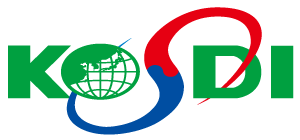



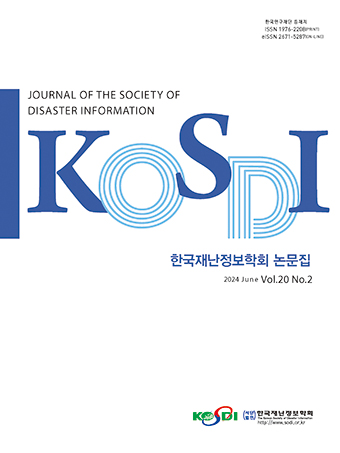 Journal of the Society of Disaster Information
Journal of the Society of Disaster Information
